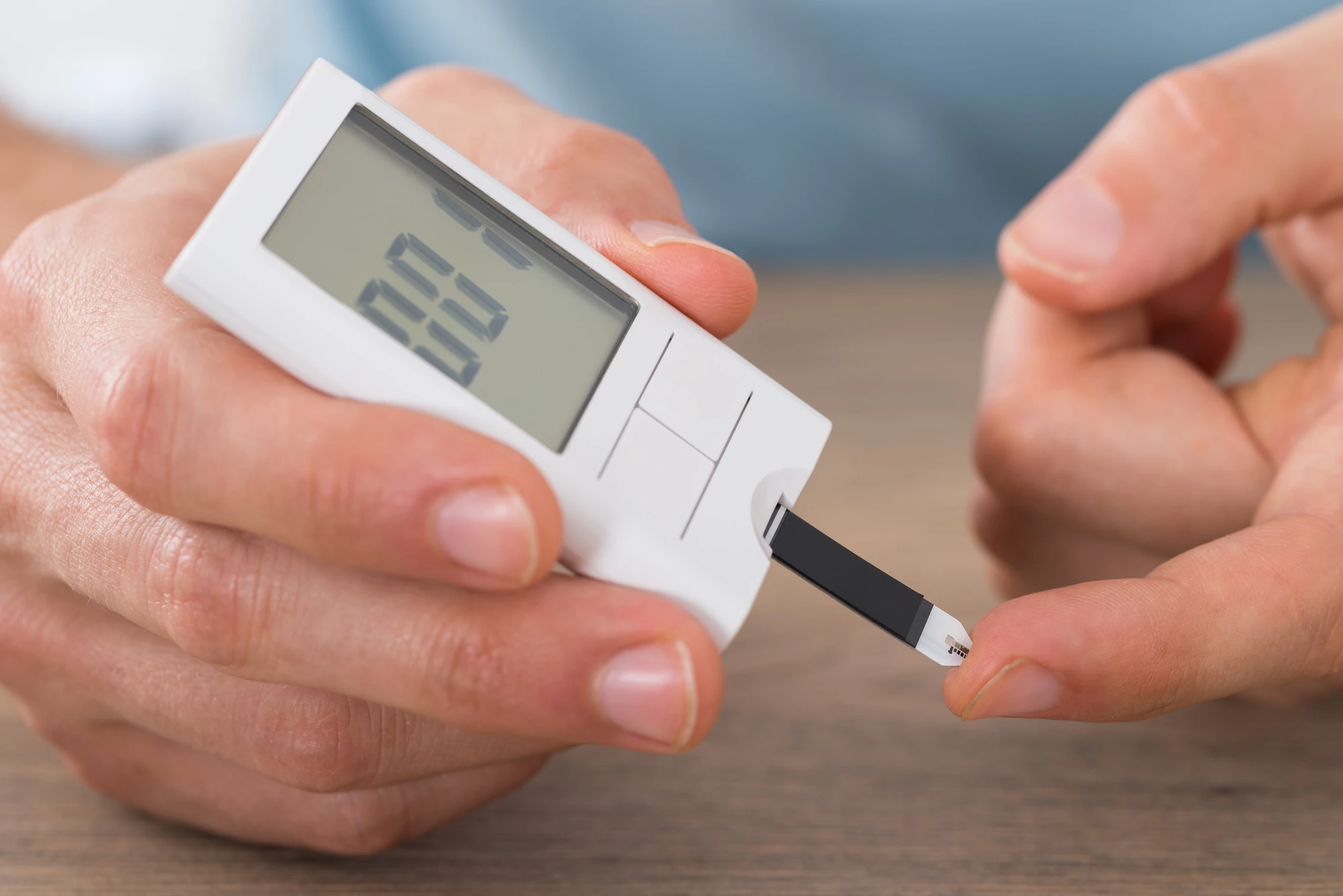Research led by the University of California, Los Angeles (UCLA) has uncovered a new process that may help explain how Type 2 diabetes develops. In tests on live mice and human cells in the lab, the team found a new mechanism besides insulin resistance and high glucose levels that triggers pancreatic cells to begin overproducing insulin.
Type 2 diabetes is the form of the disease that’s usually a result of lifestyle choices, such as poor diet and not enough exercise. It involves a kind of vicious cycle of insulin – beta cells in the pancreas produce too much insulin, which causes the body to become resistant to it. That in turn means the beta cells could produce even more to compensate.
It was long thought that high glucose levels – most commonly caused by eating too much sugary and fatty foods – was the trigger for the beta cells to begin overproducing insulin. But it’s also been shown in the past that even beta cells isolated in a lab dish can over-secrete insulin, without glucose playing a part.
So the team on the new study investigated what else could be causing beta cells to overproduce insulin. In tests on obese, pre-diabetic mice, the researchers discovered a new, separate molecular pathway that can induce insulin secretion without glucose. Instead, the trigger appears to be fatty acids.
When levels of these fatty acids rose too high in the mice, a protein called Cyclophilin D (CypD) caused protons to “leak” into the mitochondria of the beta cells. This triggers them to boost production of insulin.
To check the mechanism, the team then engineered mice without the gene that codes for CypD, and found that their insulin stayed at regular levels.
The researchers also investigated whether the same mechanism could be occurring in humans, by testing human pancreas cells isolated in the lab. When exposed to high levels of fatty acids – levels found in obese humans – the cells began to produce more insulin. Again, there was no glucose present.
While it’s still early days for the research, the discovery could eventually lead to new types of diabetes treatment, such as preventing insulin resistance in pre-diabetic people.
The study was published in the journal Diabetes.
Source: UCLA




